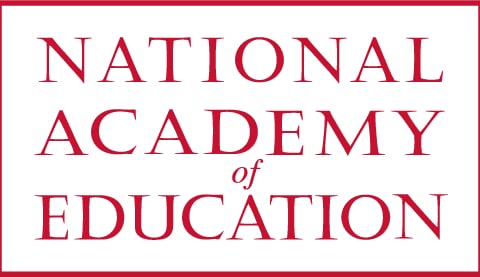Modeling in Chemistry: Evaluating the Educational Merit of Instructional Models
Andrew T. Stull
About the research
Award
NAEd/Spencer Postdoctoral Fellowship
Award Year
2010
Institution
University of California, Santa Barbara
Primary Discipline
Science Education
Although concrete and virtual models are commonly used by chemists and despite the perceived value of models as effective tools for science educators, there are no well controlled empirical studies that document the cognitive factors and instructional conditions under which these models contribute to meaningful learning in chemistry. The goals of this study are to investigate the conditions under which chemical models, including concrete, diagrammatic, and virtual models, may be effectively employed as educational tools. A protocol study documenting how students spontaneously use concrete models demonstrated large diversity in their use and preliminary results suggest that moving, holding, and reconfiguring the models during the course of a common diagrammatic translation task improves performance. To investigate the value of concrete and virtual models, three studies are proposed. Study 1 is designed to document and quantify the types of behaviors used by students and the relative effectiveness of these behaviors. Study 2 is an experiment designed to test the value of active manipulation of concrete models versus passive viewing of the models. Study 3 is an experiment designed to test the effectiveness of concrete models versus virtual models.
About Andrew T. Stull
N/A
